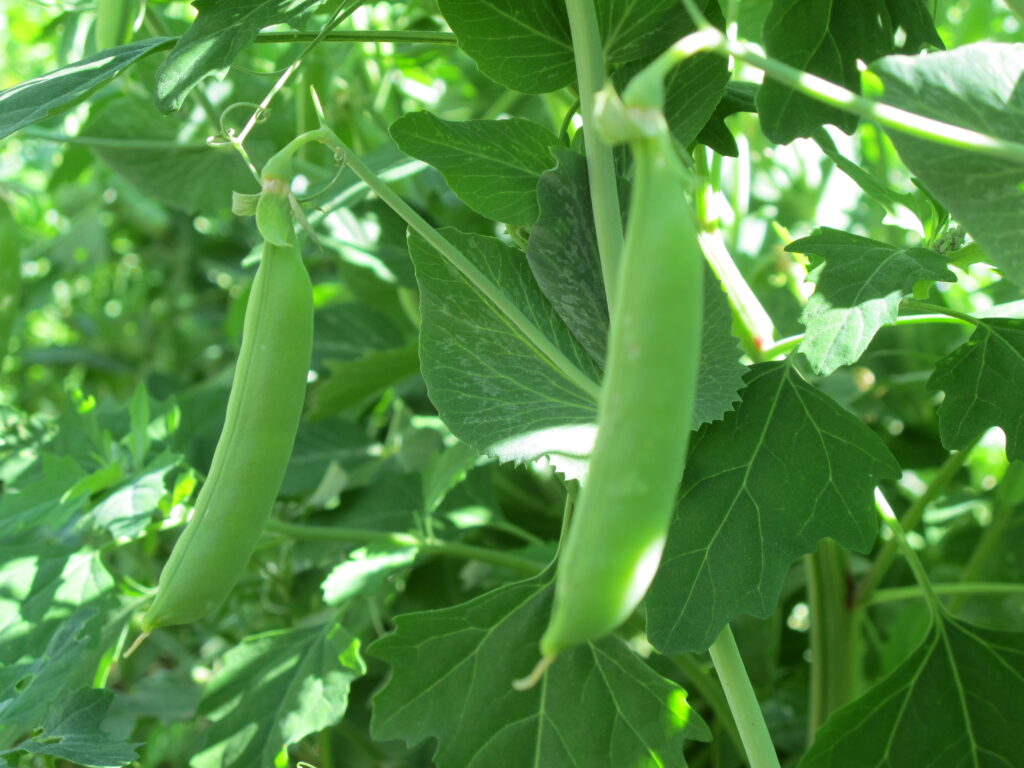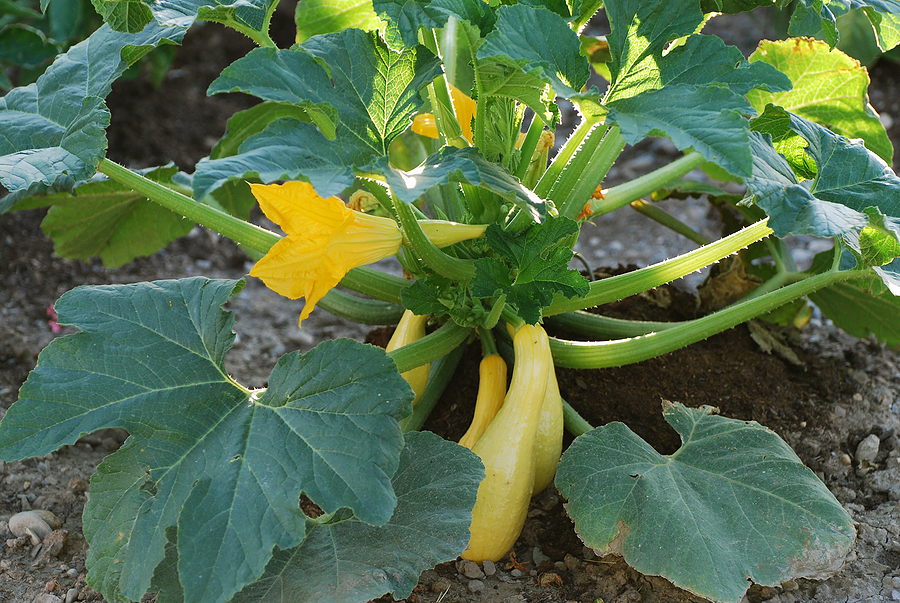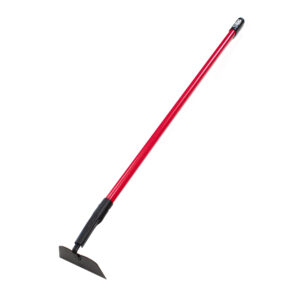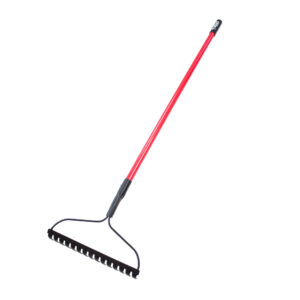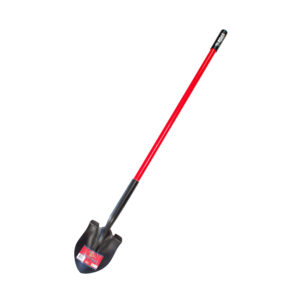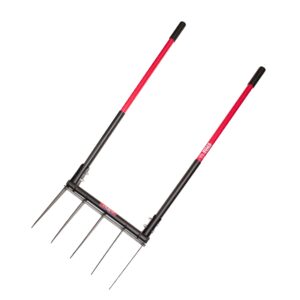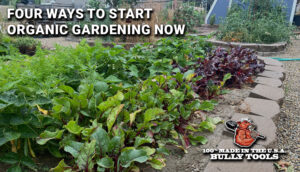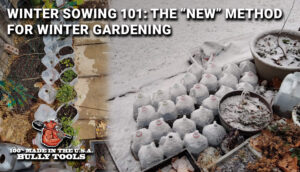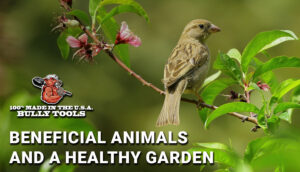Celebrate Thanksgiving with The Three Sisters and Plant a Companion Garden
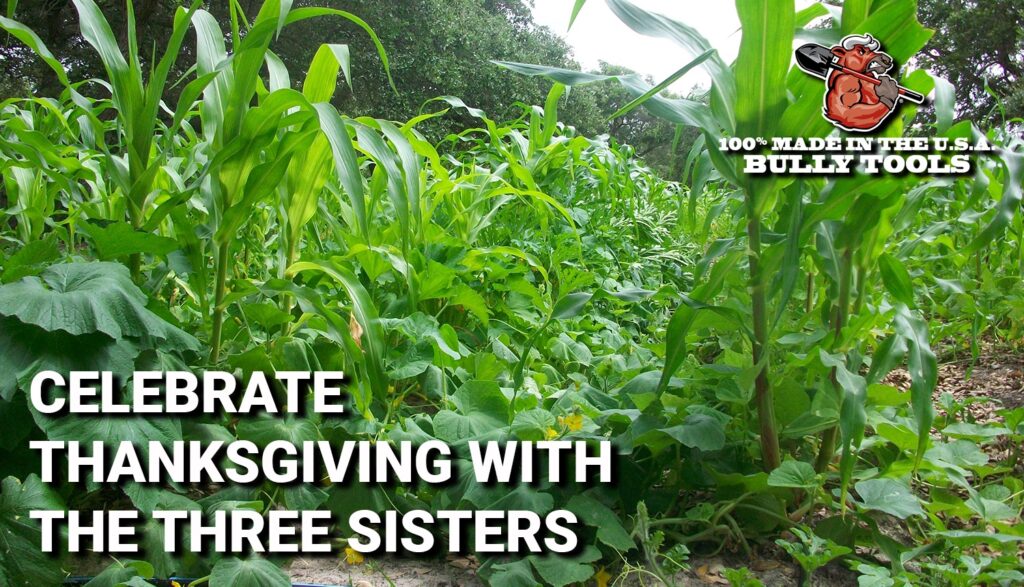
Last blog post, we took a trip back to science class, and this week we’re going to talk a little bit about history. That is the history of Thanksgiving. For us in the states, Thanksgiving is next week, and with it comes a lot of food, family, and tradition. Thankfully, this year’s holiday will look more like those of the past, and we’ll all be able to celebrate with fewer restrictions on gatherings than last year.
If you’re hosting this holiday, consider serving the Three Sisters as a part of your Thanksgiving meal. Not only does this combination of vegetables provide a healthy balance of carbohydrates, protein, vitamins, and minerals, but they date back to the very first Thanksgiving.
THE THREE SISTERS
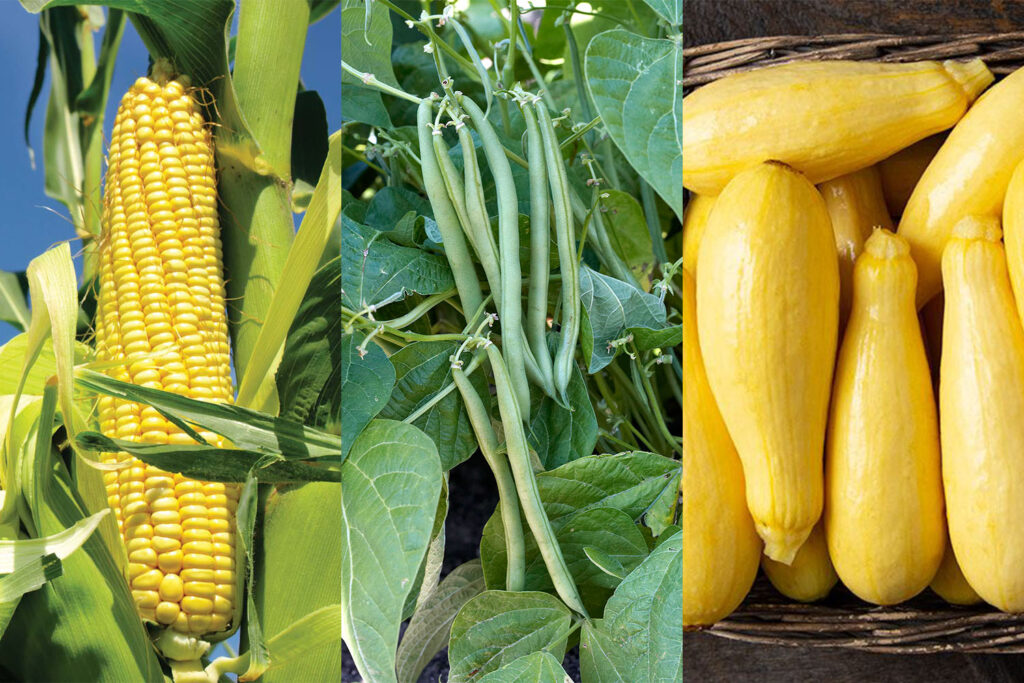
Served at the first Thanksgiving were corn, beans, and squash. These three vegetables were brought to the table by Native Americans, and they were the three crops that Native Americans taught pilgrims to grow in their new terrain. Not only were the colonists unfamiliar with America’s land, soil, and climate, they were also not farmers. The Indigenous Americans were experienced in farming and agriculture, and they graciously taught the colonists how to grow food in order to survive.
The Three Sisters are incredibly important in indigenous agriculture. Indigenous teachings tell us that these three foods are inseparable sisters that together feed people, feed the land, feed our imaginations, and give insight into how we should live.
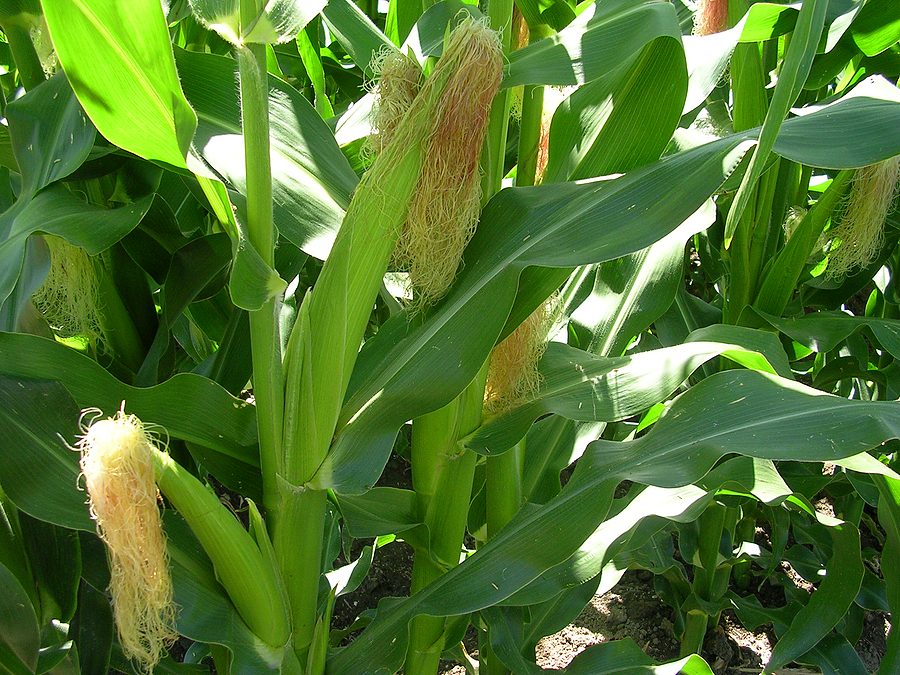
For millennia, women – the growers in these communities – would plant the seeds of these three plants in the same square foot of soil in the method now known as companion growing. Companion growing is the act of growing certain plants close together so that each may benefit from the others. The growth benefits that each provides are symbiotic – both or several plants have characteristics that help the others to thrive.
All plants have their own needs and grow at their own pace, but the relationship between each other in companion growing is key to the success of each crop.
When discussing the Three Sisters, let’s begin with corn. Corn, historically known as maize, grows on tall, strong stalks, and the food itself forms in an ‘ear’. Ears of corn have long leaves that protect the individual kernels that are housed on the fibrous cob, and the leaves that extend from the top allow light to pass through and reach the crops below. Many of us are familiar with corn stocks as they are popular this time of year for seasonal decor and are a very common sight on farms, but this crop is one of the oldest foods and has become a staple in countries and cuisines across the globe.
The younger sister, the bean, wraps itself and grows around corn stalks. Beans are a form of legume and grow in pods that extend from vines that can grow to be up to 10 feet long. The vines themselves are relatively weak and require support that is typically provided from trellises. Corn stalks act as a natural trellis, and for this reason and because of corn’s height and strength, it is known as the eldest sister of the three.
So, beans benefit from the stability that corn stalks provide to it, but beans also offer their own benefits to the growing process of the Three Sisters. In fact, beans are key fertilizers for these crops. The American Farm Bureau Foundation for Agriculture asserts that beans are natural nitrogen fixers meaning that they absorb nitrogen in the soil and the air and make this element “useable for crops”. In recent years, agricultural scientists have cultivated bean bushes that require less maintenance for growers, but of course, these were not the beans that were eaten on the first Thanksgiving.
Squash plants, the late bloomer of the family as Indigenous writer Robin Wall Kimmerer puts it, have large leaves that extend outward on the ground and act as a cover crop. Cover crops keep the soil moist and cool and act as “living mulch” which also deters weeds from growing, prevents soil erosion, and adds nutrients to the soil and – in turn – to the plants. Plus, the stems of squash plants have small spikes, making them unwanted by hungry rodents eager to ravage all three foods.
Robin Wall Kimmerer is a botanist, professor, member of the Citizen Potawatomi Nation, and author. She wrote Braiding Sweetgrass, a book that explores how our lives interact with the natural world, and a big theme in her novel is the idea of reciprocity – which refers to having a reciprocal relationship that offers and benefits from different kinds of support.
And that is exactly what the Three Sisters do. Together, the crops stabilize, fertilize, and protect each other. Corn has a structure that is necessary for beans to grow and has leaves that allow light to the rest of the plants. Beans convert nitrogen for themselves, corn, and squash to use as food and fuel their growth. Squash lays low to the ground and keeps weeds from taking over the garden plot and keeps the soil moist and healthy. The success of these three crops is dependant on the reciprocal relationship between them.
In Braiding Sweetgrass, Kimmerer writes that “the beauty of this partnership is that each plant does what it does in order to increase its own growth, but as it happens, when the individuals flourish, so does the whole.” And this idea relates to the basic indigenous teaching that “in order for the whole to flourish, each of us has to be strong in who we are and carry our gifts with conviction, so they can be shared with others.”
The way that this can relate to us is as growers, we provide for and care for plants, but the plants also provide and care for us. They cannot live without us and we cannot live without them, and each of these Three Sisters cannot be as successful as they can be without the help that their other sisters lend.
The same goes for the story of Indigenous Americans and the English settlers way back in 1621. It was with great pride that the colonists came to America, in search of freedom and better lives, but they quickly learned that they were not equipped for survival. The Indigenous Americans were kind enough to share their ways of life with these travelers, and though we know the tragic outcome that unfolded, it was the teachings of the Three Sisters that introduced early America to success.
HOW TO PLANT YOUR OWN COMPANION GARDEN
The Three Sisters have worked so well together for centuries because of the complementary benefits they provide each other. Growers have taken the lessons provided by this set of companion plants and have applied them to a myriad of different crops. Here are some benefits that planting a companion garden next spring can provide:
- COMPANION GARDENS ARE SPACE SAVERS – By planting in the same square foot of land, you can have twice the harvest in much less space. It’s important to mix towering plants with lower lying plants so that the two don’t compete for vertical space and so that the lower lying plants can provide crop coverage.
- NATURAL PEST REPELLENTS – Pests whether in the form of insects, rodents, or weeds can be detrimental to the success of a garden. Certain insects are attracted to certain crops. For example, nematodes love tomatoes, cucumbers, and melons, and asparagus beetles love, well, asparagus. Certain mixtures of crops will deter these garden grubs and protect your plants from harm. Similarly, some plants, like garlic, carrots, and herbs exude odors that pests don’t like – so planting these alongside a sweet smelling crop will keep those pests away.
- YOU CAN MIX VEGETABLES AND FLOWERS – Garden grubs are unwanted because they can cause harm to crops and a garden as a whole, but some insects should be welcomed! If you want pollinators to fuel your plants’ growth, try companion planting vegetables and flowers. Flowers draw these benefical insects and even some insects that will eat the parasitic ones.
- PROVIDE NATURAL SHADE AND SUPPORT – Just like the cabbage leaves and corn stalks of the Three Sisters, there are other combinations of companion plants that can provide shade and support. For example, sunflowers have strong stems that climbing plants can use to wrap themselves around, and since sunflowers grow tall, they will provide shade for the delicate plants underneath – all while attracting pollinators to your plot!
Swansons Nursery and The Old Farmer’s Almanac have lists of tried and true companion plant combinations, give you examples of crops that do not grow well together, and provide in-depth explanations as to why. If you’re interested in growing your own companion garden next year, be sure to check out these two sources.
This Thanksgiving, we all have a lot to be thankful for – family, friends, health, and safety are just a few at the top of our list, but we urge you to not forget to be thankful for the land. Whether working outside is a form of stress relief for you, you plant food to sustain yourself and your loved ones, or you merely exist on this beautiful planet that we are all fortunate enough to live on, give it proper thanks this year.
100% Made in the USA Bully Tools wishes you and your families a safe and healthy Thanksgiving, and we are thankful for all of our customers’ patronage and for the ability to create environmentally-friendly lawn and garden tools. You can check out our full selection of products here.


